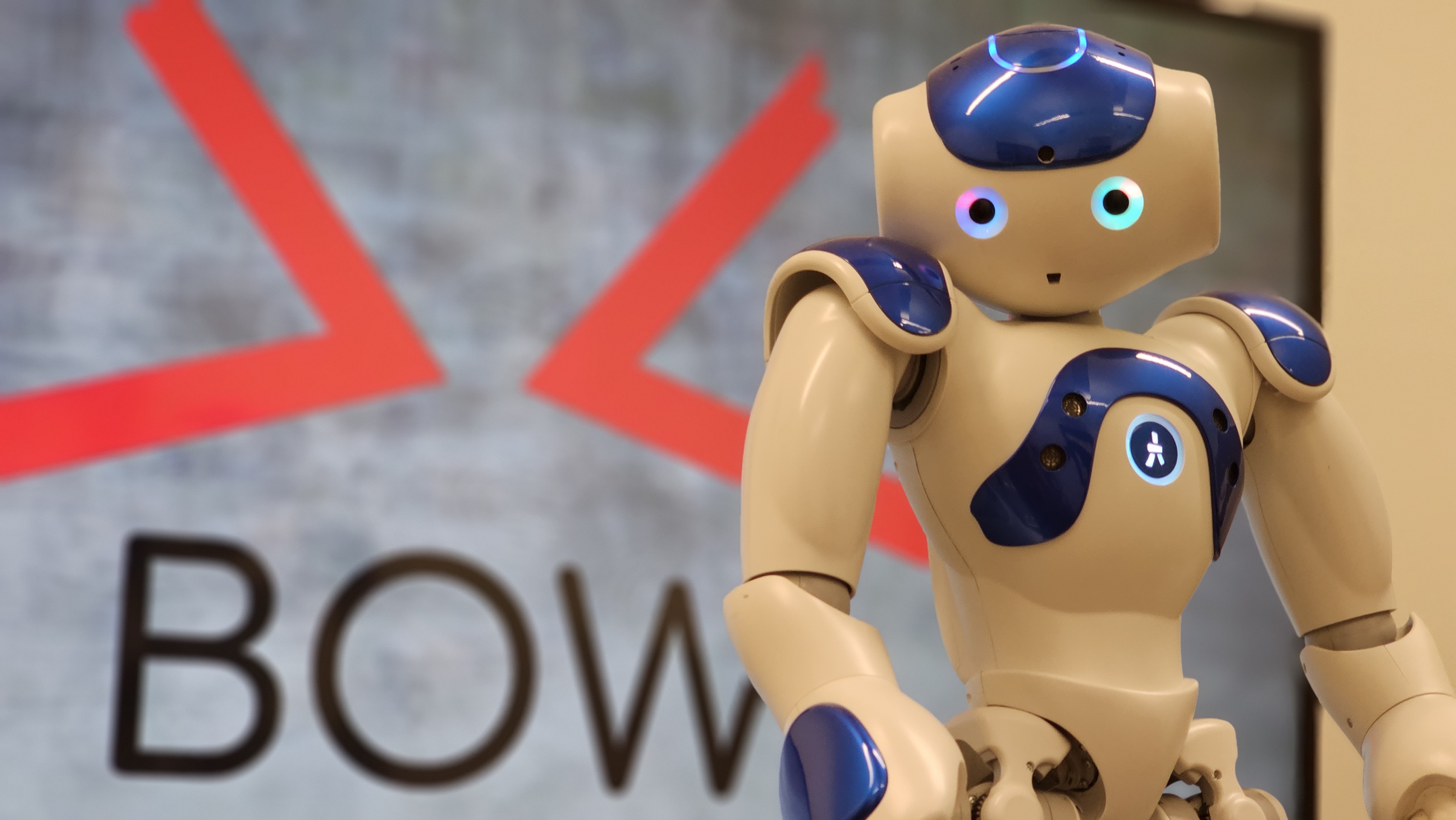BOW breaks robot coding barrier with world’s first common robotics engine
 Arthur Pridmore
Arthur Pridmore
Robotics software company BOW has announced the Beta launch of the world’s first common robotics engine. This revolutionary software overcomes long-standing barriers limiting the advancement of robotics by enabling millions of mainstream software developers to code robots in popular programming languages and supporting the cross-platform development of robot control systems for the first time.
Traditionally, robotics has presented significant hurdles for developers due to the complexity and fragmented nature of robotics platforms, each with its own hardware, software, and programming interfaces. BOW translates between different languages used to code and control robots, making it possible for developers to code robots using their preferred programming languages and create applications that can be deployed easily across multiple robot platforms.
BOW’s first private Beta offers academic institutions, robotics enthusiasts and developers the opportunity to code robots using Python and C++ programming languages and test their applications on Aldebaran’s NAO and Pepper robots and Pal Robotics’ TIAGo platform in a simulated environment. BOW supports seamless switching of software applications to real robots and is currently working to add further programming languages and robotics platforms.
There are only 150,000 skilled roboticists in the world right now. It takes months for them to learn the intricacies of a new robot and many more to recode applications for alternate platforms. We are making robot code portable and opening up robotics to the 28 million software developers coding on the world’s most popular programming languages.
BOW’s common robotics engine is a giant leap forward in robotics, eliminating a major barrier that restricts progress and locks developers into specific platforms before they even start work. With our engine, developers can unlock the full potential of robotics.
BOW began life as a research project at the University of Sheffield before being spun out of Sheffield Robotics, a collaboration between the University of Sheffield and Sheffield Hallam University, in March 2020. It is already working with the Nuclear AMRC to develop robotic systems for the safe decommissioning of legacy nuclear sites and is now delivering its technology as a software product to enable a broader range of people and organisations to realise its benefits.
In addition to its cross-platform capabilities, BOW’s software features ultra-low latency communication that is up to six times faster than alternative robot control systems, enabling roboticists to overcome computational robot restrictions by running applications in the cloud and teleoperate robots in real time anywhere in the world with standard virtual reality hardware.
Software developers, roboticists and University researchers can register for BOW’s Beta programme at https://www.usebow.com/.
Subscribe to my newsletter
Read articles from Arthur Pridmore directly inside your inbox. Subscribe to the newsletter, and don't miss out.
Written by
